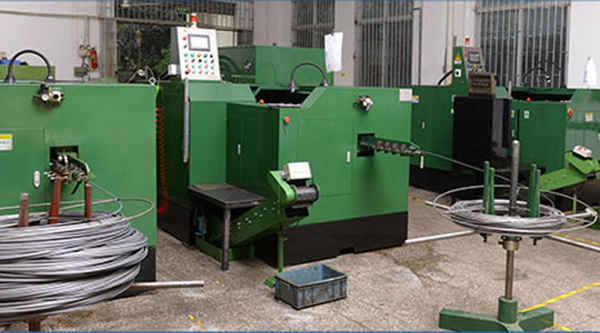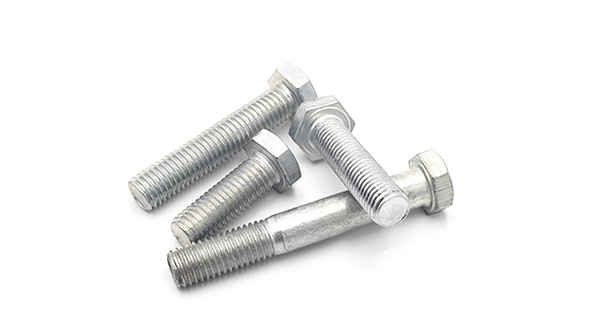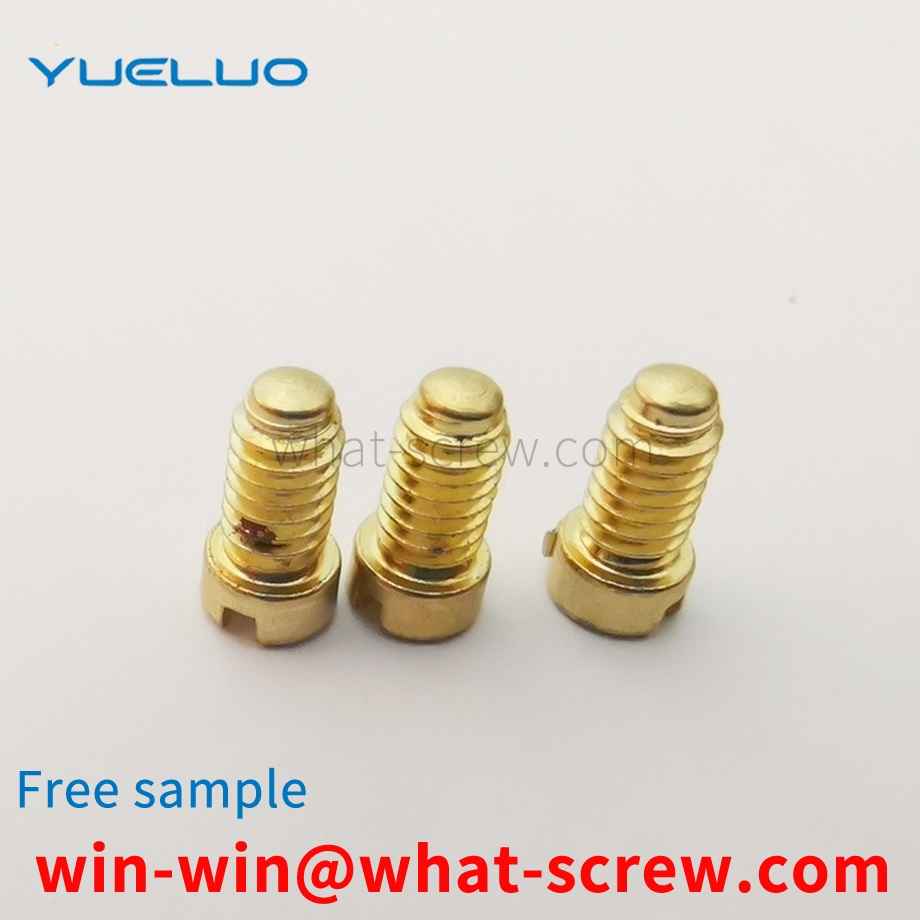What is the tolerance range of precision screws?
What is the tolerance range of precision screws?
Service Hotline
+86760-8787 8587We have more than ten years of production experience in the screw industry, the main products are: high-precision head stud screws, DIN314 wing nuts, small outer diameter through-hole rivet nuts, photovoltaic accessories bolts, carbon steel grade 4.8 screws, grade 4.8 T-type screws Screws, hexagon socket flat cup round cup, big head mushroom head screws, die bolts, big hat cap nail plate advertising display frame buckle rivets, 10 black high strength hexagon nuts, brass screws, GB11 countersunk head screws, metal tool top column support double Due to the different materials and specifications of the products, the prices of fasteners such as head inner tooth rods, knurled copper posts and copper screws and nuts are also different. Please contact us if you need them.


With the vigorous development of the construction market, fastener-type steel pipe scaffolding and formwork support have been widely used, and a large number of fasteners are used in the fastener-type steel pipe scaffolding and formwork support system. The commonly used fastener structure generally includes a fastener body 1, a blade 2, and a rivet 3 for connecting the fastener body and the blade. An arc-shaped cavity 4 for penetrating the steel pipe is provided between the fastener body and the blade. Figure 1 Right-angle fasteners shown. However, in the process of building construction, the blades of the fasteners have different degrees of cracks and fractures, which lead to the scrapping of the fasteners, or the fasteners are scrapped due to the poor anchoring of the rivets of the fasteners, resulting in a lot of waste, and the fasteners are damaged. There is a large safety construction hazard. However, repairing damaged fasteners entirely by hand has many disadvantages, such as technical difficulty, time-consuming and labor-intensive, and high operating costs. Therefore, researching and designing an auxiliary device for installing rivets in the process of repairing damaged fasteners to reduce labor intensity of workers, improve repair efficiency, and reduce operating costs is a technical problem to be solved urgently by those skilled in the art.

Therefore, there is a need to design a bearing retaining ring disassembly and installation device that facilitates the installation and disassembly of the bearing retaining ring, and is safe and reliable.


The history of screws was broadcast in 1986. Our country formulated a new standard for standard parts, which is commonly known as the new standard in the business. The most used ones are GB5780, GB5781, GB5782, GB5783, GB5784. GB5780 is a hexagonal head thick shank half-thread screw, its accuracy grade is C-grade product, which can be replaced by GB5782 (GB5782 is a hexagonal head thick shank full-thread screw, and its accuracy grade is grade A and B.) GB5781 is a hexagonal head full-thread screw. Threaded screw, the accuracy grade is C grade product. It can be replaced by GB5783 (GB5783 is a hexagonal head full-tooth screw, and its accuracy grades are A and B). GB5784 is a hexagon screw with thin rod and half teeth.

Existing wood screws are composed of a threaded portion with a tapered angle and arranged along a tapered stem and a screw head. The head of the screw can be a countersunk head, hemispherical, or other shapes, and the head of the screw has a groove that fits with the tool, a word groove, and a concave cross groove. The taper angle of existing wood screws is either 45 degrees or 60 degrees, and the front end of the taper angle is a pointed point formed by a rotating thread. The existing wood screws have the following three deficiencies in use. Because the taper angle is 45 degrees or 60 degrees, and the thread angle is 64 degrees, the resistance when entering the material is relatively large, so the existing wood screws are manually screwed. It is difficult to screw in, especially when it is used for hardwood materials, and it often happens that the groove of the screw head is screwed out; A large lateral moment will be formed when the screw is screwed, which is prone to the problem of deviation from the position; in addition, because the existing screw is tapered, it will be subjected to both radial force and axial force when entering the material, and its stress state It is more complicated, so it is easy to cause the cracked wood material to burst, and even cause the material to have longitudinal cracks and be unusable.

The above content is uploaded by Yueluo or the Internet. If there is any copyright issue, please contact [email protected].

What is the tolerance range of precision screws?

How to choose the right stainless steel screw manufacturer?

Why is there an R angle under the head of the hexagon head s...

We have more than ten years of production experience in the ...

We have more than ten years of experience in the production ...

We have more than ten years of experience in the production ...

We have more than ten years of experience in screw industry ...